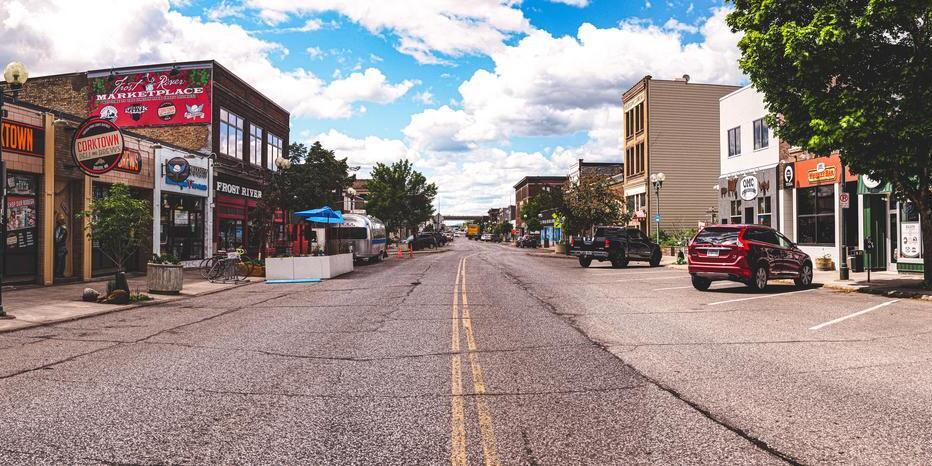Earlier this year, Minnesota Governor Tim Walz signed a clean energy bill requiring all utilities to be 100% carbon-free by 2040. Duluth is in many ways leading the state in achieving this goal. A large contributor is Minnesota Power, the first company in the state to reach 50% of its energy through renewable means. The City of Duluth also has a comprehensive phased plan to combat climate change through multiple differing means. Now, the BBER has been asked to assist in one of the city’s newest projects, investigating an innovative method for heating buildings with renewable energy.
Duluth is one of 11 separate communities across the country to be selected by the U.S. Department of Energy (DOE) to participate in a groundbreaking project focused on geothermal heating and cooling systems. As part of this initiative, the City of Duluth and its partners received a $700,000 grant from the DOE to conceptualize and analyze feasibility of implementing a geothermal district heating system in the Lincoln Park neighborhood near I-35. The heat will come from wastewater from Western Lake Superior District and pumps will be used to disperse heat, replacing the need for fossil fuels. The goal is to transition hundreds of buildings to renewable heating methods and stabilize future heating fuel prices.
Ken Smith, CEO of Ever-Green Energy, notes that this specific geothermal heating technology has never been done in the United States and could be a “model for the nation.” Smith also notes there have only been seven projects like this worldwide, with Finland, Sweden, and China among the few nations to have tested this type of system.
The Bureau of Business and Economic Research (BBER) will be conducting several analytical research tasks to create a workforce needs assessment for this project. This includes identifying occupations likely to be employed by the geothermal industry for this project, then identifying local wage and hiring trends for those occupations, and lastly, defining the tasks and skills that are necessary for occupations in this project. The BBER will also analyze metrics such as employment, value added in the area, and expected growth for the geothermal and related industries in northeast Minnesota.
The success of this project could make Duluth a catalyst to a movement of urban and residential areas switching to carbon-free heating methods in the future. Given that more than 70% of Duluth’s carbon emissions are from building energy, such a transformation in Duluth could have a significant positive impact on the environment.
As of now, the geothermal project is in the very early stages of analyzing and planning, so no official timelines or projections have been stated. But MPR News notes a potential beginning to construction may be 2026, when rebuilding a 2-mile stretch of road is set to begin. This roadway project will replace underground utilities that could be linked to the geothermal project, thus could save 40% of the total cost. To keep up to date with the progress of this exciting project, be sure to check out our future blog posts or contact the BBER at [email protected].
Photo credit Maxwell McGruder for Bent Paddle Brewing Co.
